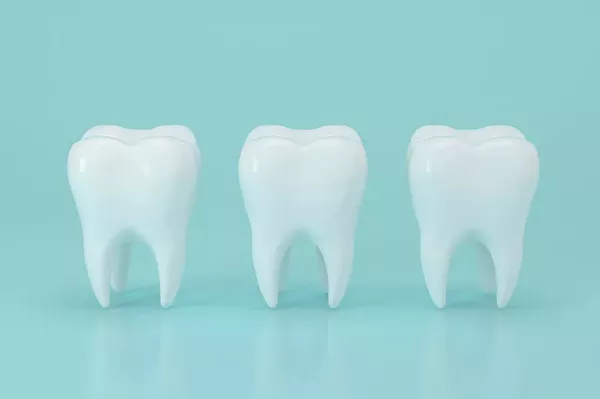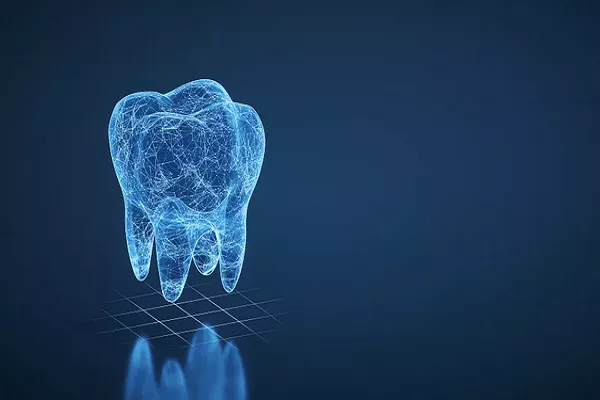In the realm of oral health, deep cleaning stands out as a crucial procedure that goes beyond the regular dental check-ups. Many individuals are curious about the duration of this process, and in this comprehensive article, we’ll delve into the intricacies of how long deep cleaning takes at the dentist. Understanding the time commitment involved can help patients better prepare for this essential aspect of professional dental care.
Overview of Deep Cleaning (Scaling and Root Planing):
Deep cleaning, also known as scaling and root planing, is a specialized dental procedure designed to treat gum disease and maintain optimal oral health. It involves the removal of plaque and tartar from below the gumline, targeting the root surfaces of the teeth. This meticulous process helps eliminate bacteria and prevent further progression of gum disease. The duration of deep cleaning varies based on several factors.
a. Extent of Gum Disease: The severity of gum disease plays a crucial role in determining the time required for deep cleaning. In mild cases, the procedure may be relatively shorter, while advanced cases may necessitate a more extended session.
b. Number of Quadrants: Dentists often divide the mouth into four quadrants (upper right, upper left, lower right, lower left) for deep cleaning. The number of quadrants requiring treatment influences the overall time commitment. Each quadrant typically takes around 45 minutes to an hour for thorough scaling and root planing.
c. Patient Cooperation: Patient cooperation and responsiveness during the procedure are essential factors. A calm and cooperative patient facilitates a smoother and more efficient deep cleaning process.
Initial Assessment and Consultation:
Before diving into the deep cleaning process, a comprehensive initial assessment is conducted. This step involves examining the overall oral health, evaluating the extent of gum disease, and determining the appropriate treatment plan. During the consultation, the dentist will discuss the estimated time required for the deep cleaning procedure based on individual oral health conditions.
a. X-rays and Diagnostic Tools: Modern dental practices utilize advanced diagnostic tools, including X-rays, to assess the condition of the teeth and gums. This thorough examination aids in identifying areas that require special attention during the deep cleaning process.
b. Customized Treatment Plan: Following the initial assessment, the dentist will create a personalized treatment plan tailored to the patient’s specific oral health needs. This plan outlines the number of quadrants to be treated and the estimated time for each quadrant.
Factors Influencing Treatment Duration:
Several factors contribute to the overall time required for deep cleaning, and patients should be aware of these considerations.
a. Sensitivity and Discomfort: Patients with heightened sensitivity or discomfort may require short breaks between quadrants, slightly extending the overall treatment time.
b. Additional Procedures: In some cases, additional procedures such as local anesthesia or antibiotic application may be necessary, adding to the overall duration of the deep cleaning process.
c. Follow-Up Appointments: Post-treatment, follow-up appointments are scheduled to monitor progress and address any concerns. These appointments contribute to the overall timeline of the deep cleaning process.
In conclusion, the duration of deep cleaning at the dentist varies depending on the individual’s oral health, the extent of gum disease, and other contributing factors. A thorough initial assessment and consultation provide valuable insights into the estimated time required for the procedure. Patients are encouraged to communicate openly with their dentists, address any concerns, and actively participate in maintaining optimal oral hygiene for a healthier, happier smile. Remember, investing time in deep cleaning is an investment in long-term dental health and overall well-being.
Related Links:
How often should scaling of teeth be done?
How long does a deep dental cleaning take?
How often should you get a scale and polish?






























